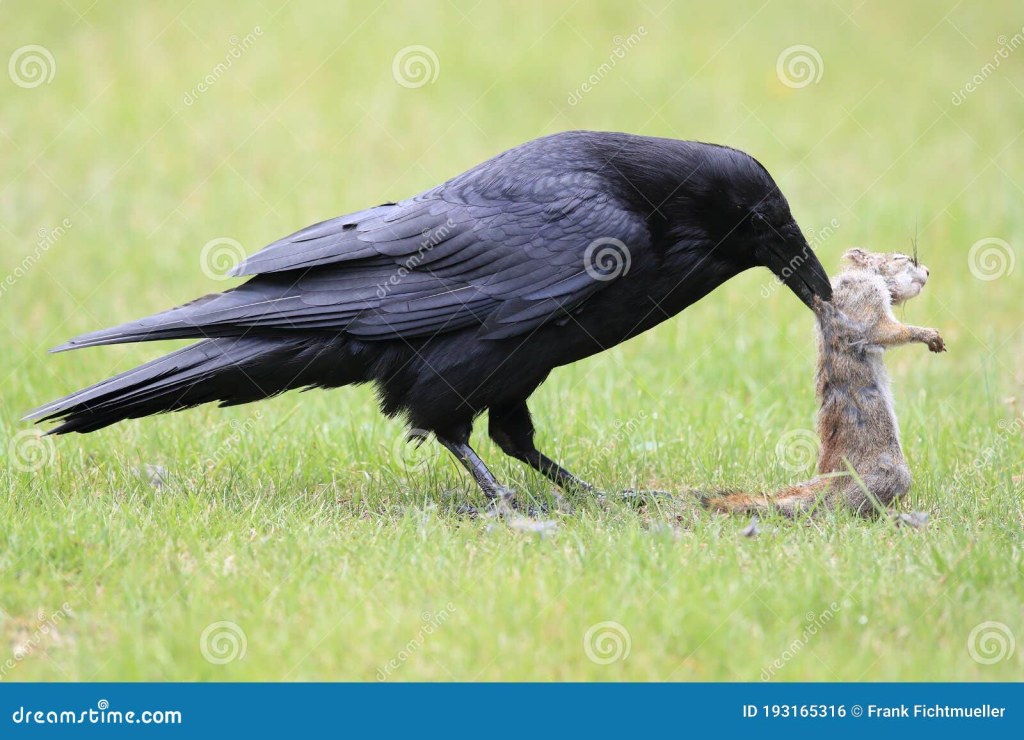Unveiling The Mystique: Raven Capture – Unlock An Enchanting Encounter!
Raven Capture: An In-depth Look at the Art of Capturing Ravens
Introduction
Hello, Raven Enthusiasts! Welcome to this informative article on the captivating world of raven capture. In this piece, we will delve into the intricate process of capturing these magnificent creatures, exploring the what, who, when, where, why, and how of raven capture. So, grab your binoculars and join us on this thrilling adventure!
3 Picture Gallery: Unveiling The Mystique: Raven Capture – Unlock An Enchanting Encounter!



What is Raven Capture?
📸 Raven capture is a method used by ornithologists to safely and ethically catch ravens for research purposes. It involves the careful placement of traps and techniques that minimize stress and harm to the birds. This process enables scientists to study their behavior, migration patterns, and overall health.
Who Conducts Raven Capture?

Image Source: alamy.com
👨🔬 Raven capture is typically carried out by trained professionals, such as ornithologists, wildlife biologists, or researchers specializing in avian studies. These individuals possess the necessary knowledge and skills to handle and capture ravens without causing harm to the birds or themselves.
When and Where Does Raven Capture Occur?
🗓️ Raven capture can take place throughout the year, but it is usually conducted during specific seasons to coincide with the birds’ migration patterns or breeding cycles. The capture locations vary depending on the research objectives, but they often include habitats where ravens are known to frequent, such as forests, coastal areas, or open plains.
Why is Raven Capture Important?

Image Source: dreamstime.com
🔬 Raven capture plays a vital role in advancing our understanding of these intelligent and fascinating birds. By studying captured ravens, scientists can gather valuable data on their behavior, social structure, feeding habits, and ecological impact. This information is crucial for conservation efforts, as it helps us develop effective strategies to protect and preserve raven populations and their habitats.
How is Raven Capture Conducted?
🧪 Raven capture involves a multi-step process that begins with the identification of suitable capture sites. Once a location is chosen, researchers set up traps or employ specialized techniques like mist netting or cannon netting to safely catch the birds. Upon capture, the ravens are carefully examined, measured, and tagged before being released back into the wild.
Advantages and Disadvantages of Raven Capture

Image Source: ytimg.com
✅ Raven capture offers several advantages. It provides valuable insights into raven behavior, contributing to scientific knowledge and conservation efforts. Additionally, the captured birds can be monitored for long-term studies, allowing researchers to track individual birds’ movements and gather data on their lifespan and reproductive success.
❌ However, there are also potential disadvantages to consider. The capture process can cause temporary stress to the birds, and there is a small risk of injury during handling. It is crucial for researchers to prioritize the birds’ welfare and employ capture methods that minimize these risks.
Frequently Asked Questions (FAQ)
Q1: Are captured ravens harmed during the capture process?
A1: No, the capture process is designed to minimize harm and stress to the birds. Trained professionals ensure that the birds are handled with care and released safely after examination.
Q2: How are the captured ravens tagged for identification?
A2: Various tagging methods are used, including leg bands, wing tags, or radio transmitters. These tags allow researchers to track individual birds and gather data on their movements.
Q3: What type of data is collected from captured ravens?
A3: Researchers collect data on the bird’s physical measurements, age, sex, and overall health. They also study their behavior, feeding habits, and interactions with other ravens.
Q4: How can raven capture contribute to conservation efforts?
A4: By studying captured ravens, researchers can gain insights into their ecological role and the impact of human activities on their populations. This knowledge helps inform conservation strategies to protect their habitats and ensure their long-term survival.
Q5: Can I participate in raven capture as a citizen scientist?
A5: In some cases, researchers may involve citizen scientists in raven capture projects. If you’re interested, reach out to local research institutions or conservation organizations to inquire about potential opportunities.
Conclusion
In conclusion, raven capture serves as a valuable tool for studying and conserving these remarkable birds. Through careful and ethical capture methods, researchers can unravel the mysteries of raven behavior and contribute to their long-term survival. So, let’s continue to appreciate and protect these majestic creatures for generations to come.
Final Remarks
It is essential to emphasize that raven capture should always be conducted by trained professionals with the utmost care and respect for the birds’ well-being. Research permits, ethical guidelines, and local regulations must be followed to ensure the ethical and responsible practice of raven capture. By working together, we can expand our knowledge of these captivating creatures and contribute to their conservation.
This post topic: Raven



